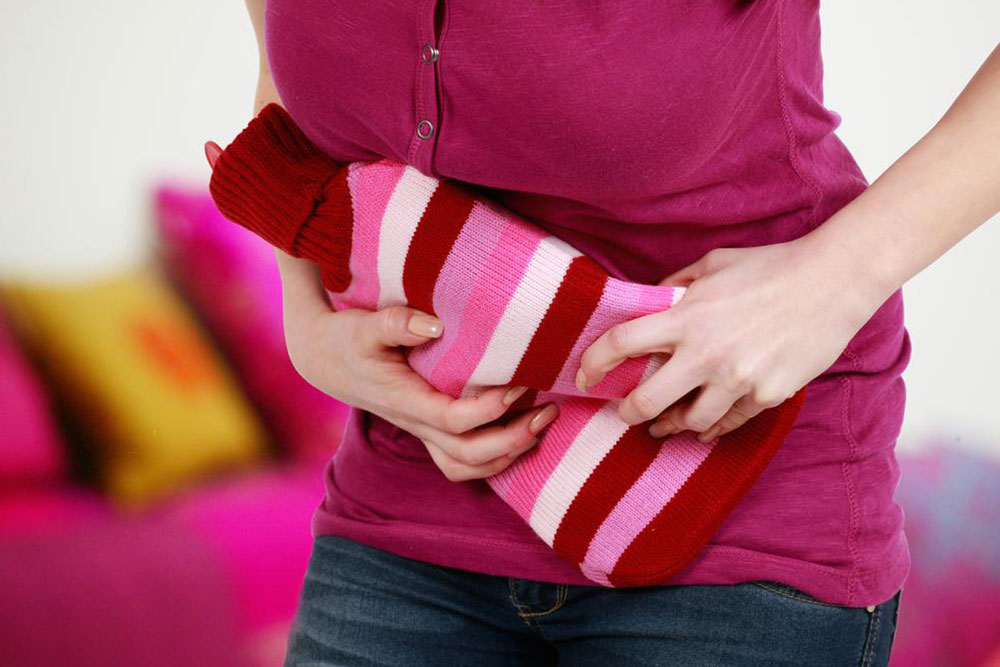Effective Strategies for Managing Overactive Bladder
Discover effective strategies for managing overactive bladder, including medications, lifestyle changes, and home remedies. Early medical consultation is essential for proper treatment, which can improve quality of life and reduce symptoms. Learn about causes, symptoms, and personalized treatment options to control this common condition.

Strategies for Managing Overactive Bladder
Effective options for treating overactive bladder
An overactive bladder (OAB) is a condition where the bladder muscles malfunction, causing sudden and uncontrollable urges to urinate. This can lead to involuntary urine leakage and significant discomfort. Proper diagnosis and identifying underlying causes are crucial before starting any treatment. This article explores the causes, treatment methods, and lifestyle adjustments that can help manage overactive bladder effectively.
Understanding overactive bladder
Millions worldwide suffer from this condition.
Overactive bladder is a symptom, not a disease. It involves involuntary contractions of the bladder muscles, which can sometimes be caused by unidentified factors requiring medical evaluation.
Common causes of overactive bladder
Several factors can lead to this condition, including:
Neurological disorders such as multiple sclerosis, Parkinson’s disease, or stroke can interfere with nerve signals controlling the bladder.
Nerve damage resulting from spinal cord or brain injuries, infections, diabetes-related neuropathy, or trauma from accidents or surgeries can also trigger OAB.
When is medical consultation necessary?
Seek medical advice if you experience any of these symptoms:
Sudden, overwhelming urge to urinate with difficulty controlling it.
Frequent involuntary urine loss.
Urinating more than eight times daily.
Waking multiple times during the night to urinate.
Ignoring these signs can affect daily life and sleep, so timely medical intervention is essential. A healthcare professional can recommend appropriate treatments to control or eliminate symptoms.
Available treatment options for overactive bladder
Managing OAB typically involves medications and behavioral changes. Consulting a doctor is vital to determine the best approach for you. Common medications include anticholinergic drugs like:
Fesoterodine
Oxybutynin
Solifenacin
Darifenacin
Trospium
Tolterodine
The over-the-counter option Oxytrol can reduce symptoms effectively. Additionally, antidepressants such as Tofranil can relax bladder muscles, and Botox injections may be used to inhibit muscle contractions. For women with estrogen deficiency, hormone therapy might also be beneficial. All treatments should be guided by a healthcare provider.
Home remedies to manage overactive bladder
Lifestyle and dietary modifications can support bladder health. Incorporating certain foods and beverages may help alleviate symptoms:
Pumpkin seeds rich in omega-3 fatty acids have anti-inflammatory properties and may reduce incontinence.
Kohki tea, a traditional Chinese remedy, is antioxidant-rich and supports bladder function.
Healthy drinks such as soy milk, cranberry juice, barley water, fruit teas, diluted fruit squash, and non-acidic fruit juices like pear and apple can promote bladder health.
Addressing constipation through increased fiber intake and regular exercise can also reduce OAB symptoms, as digestive health impacts bladder control. Including vegetables, fruits, and whole grains in your diet is recommended.










